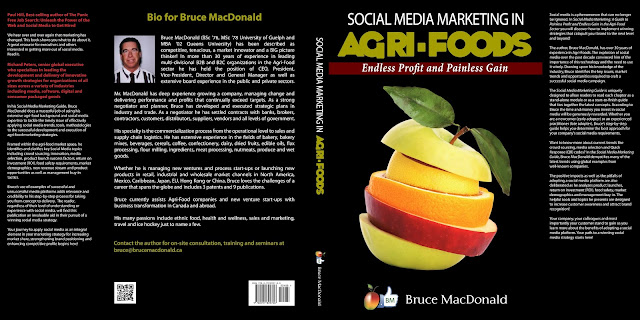20 QUESTIONS ON GENETICALLY MODIFIED (GM) FOODS PART 3
Published in WHO
Q8. Are GM foods safe?
Different GM organisms include different genes inserted in different ways. This means that individual GM foods and their safety should be assessed on a case-by-case basis and that it is not possible to make general statements on the safety of all GM foods.
GM foods currently available on the international market have passed risk assessments and are not likely to present risks for human health. In addition, no effects on human health have been shown as a result of the consumption of such foods by the general population in the countries where they have been approved. Continuous use of risk assessments based on the Codex principles and, where appropriate, including post market monitoring, should form the basis for evaluating the safety of GM foods.
Q9. How are GM foods regulated nationally?
The way governments have regulated GM foods varies. In some countries GM foods are not yet regulated. Countries which have legislation in place focus primarily on assessment of risks for consumer health. Countries which have provisions for GM foods usually also regulate GMOs in general, taking into account health and environmental risks, as well as control- and trade-related issues (such as potential testing and labelling regimes). In view of the dynamics of the debate on GM foods, legislation is likely to continue to evolve.
Q10. What kind of GM foods are on the market internationally?
All GM crops available on the international market today have been designed using one of three basic traits: resistance to insect damage; resistance to viral infections; and tolerance towards certain herbicides. All the genes used to modify crops are derived from microorganisms.
Q11. What happens when GM foods are traded internationally?
No specific international regulatory systems are currently in place. However, several international organizations are involved in developing protocols for GMOs.
The Codex Alimentarius Commission (Codex) is the joint FAO/WHO body responsible for compiling the standards, codes of practice, guidelines and recommendations that constitute the Codex Alimentarius: the international food code. Codex is developing principles for the human health risk analysis of GM foods. The premise of these principles dictates a premarket assessment, performed on a case-by-case basis and including an evaluation of both direct effects (from the inserted gene) and unintended effects (that may arise as a consequence of insertion of the new gene). The principles are at an advanced stage of development and are expected to be adopted in July 2003. Codex principles do not have a binding effect on national legislation, but are referred to specifically in the Sanitary and Phytosanitary Agreement of the World Trade Organization (SPS Agreement), and can be used as a reference in case of trade disputes.
The Cartagena Protocol on Biosafety (CPB), an environmental treaty legally binding for its Parties, regulates transboundary movements of living modified organisms (LMOs). GM foods are within the scope of the Protocol only if they contain LMOs that are capable of transferring or replicating genetic material. The cornerstone of the CPB is a requirement that exporters seek consent from importers before the first shipment of LMOs intended for release into the environment. The Protocol will enter into force 90 days after the 50th country has ratified it, which may be in early 2003 in view of the accelerated depositions registered since June 2002.
Check out my new e-book entitled: "Social Media Marketing in Agri-Foods: Endless Profit and Painless Gain"
The book is available on Amazon and Kindle for $4.99 USD. Visit amazon/Kindle to order now:
http://www.amazon.ca/Social-Media-Marketing-Agri-Foods-ebook/dp/B00C42OB3E/ref=sr_1_1?s=digital-text&ie=UTF8&qid=1364756966&sr=1-1
Thanks for taking the time


No comments:
Post a Comment